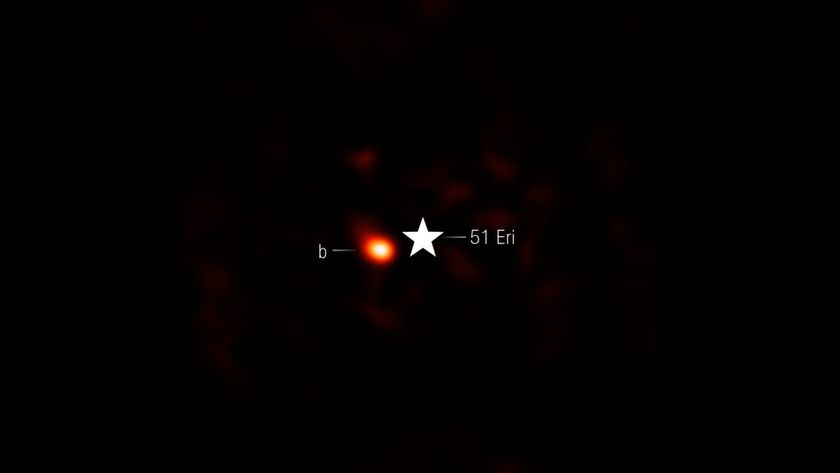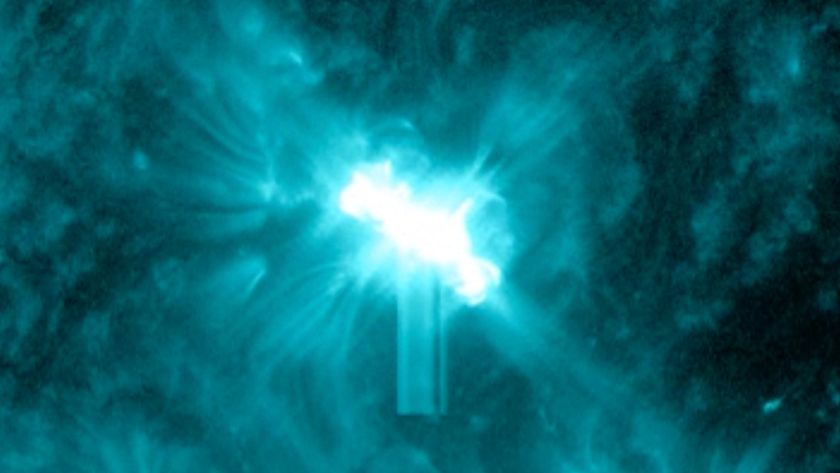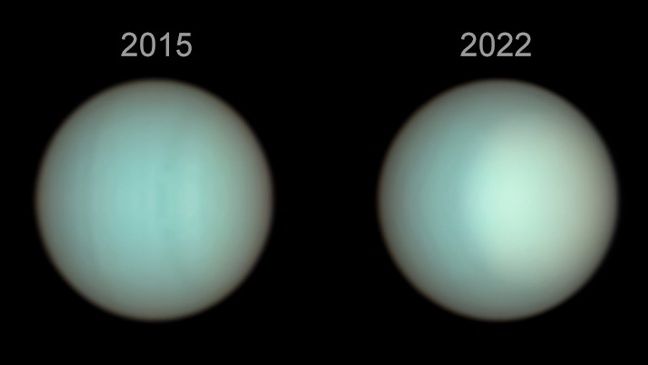Supermoon Saturday: Supersized Full Moon Rises This Weekend
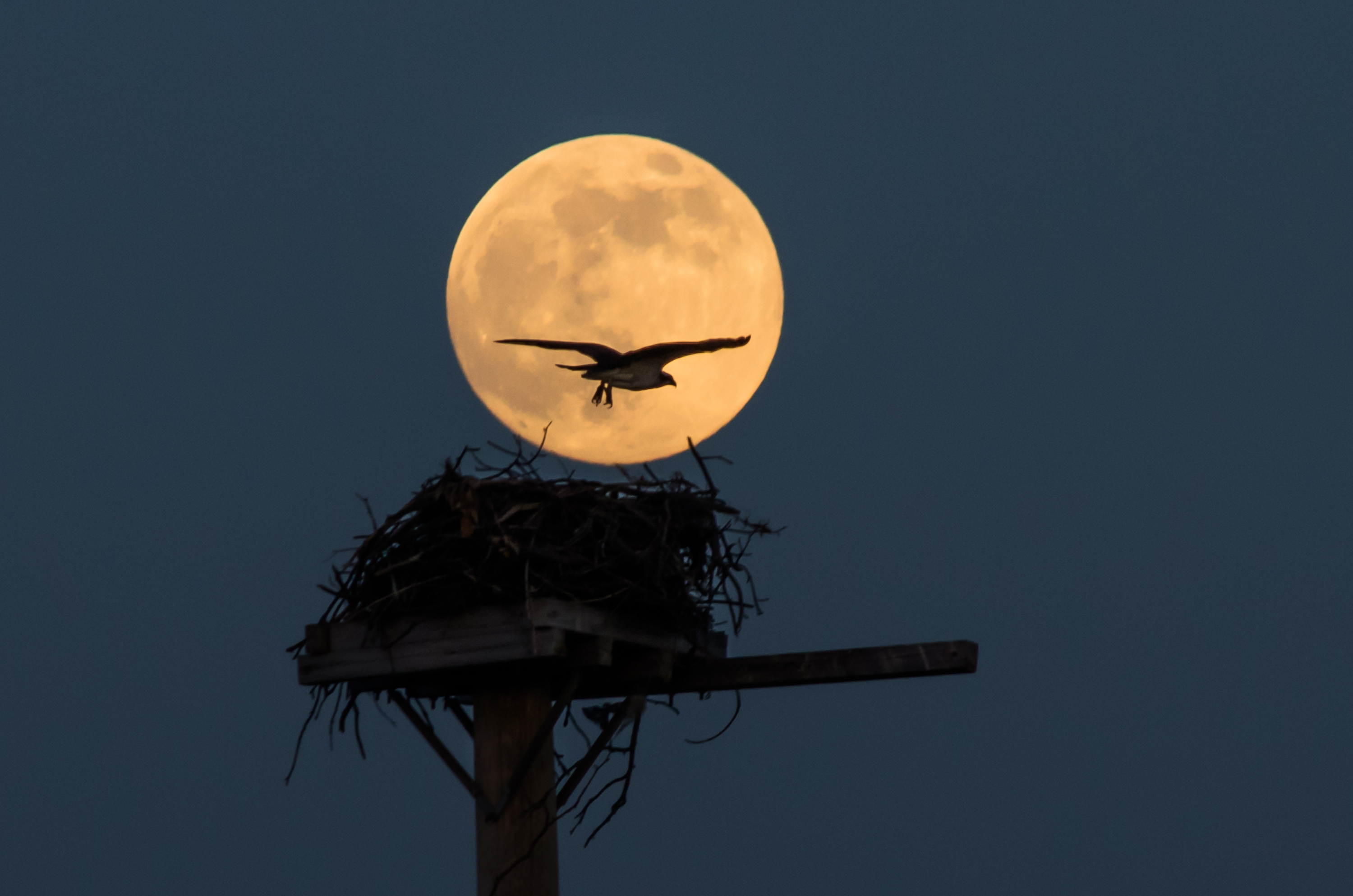
Get ready for a supersized moon. One of the biggest full moons of the year — a so-called "supermoon" — will light up the night sky on Saturday (July 12), but is only the first in a lunar triple-play this summer.
During this weekend's supermoon, the July full moon will appear about 30 percent brighter and 14 percent closer than a typical full moon. Last year, the full moon of June made headlines with its super luminosity. In 2014, skywatchers will see three supermoons this summer, one each during the back-to-back full moons in July, August and September.
Supermoons occur when the moon reaches the closest point to Earth, called "perigee," during its month-long orbit. On July 12, the moon will reach its full phase at 7:25 a.m. EDT (1125 GMT), just under three hours after reaching perigee. To the average observer, the moon can also look full in the day before and after the actual full moon date. [Supermoon photos from around the world]
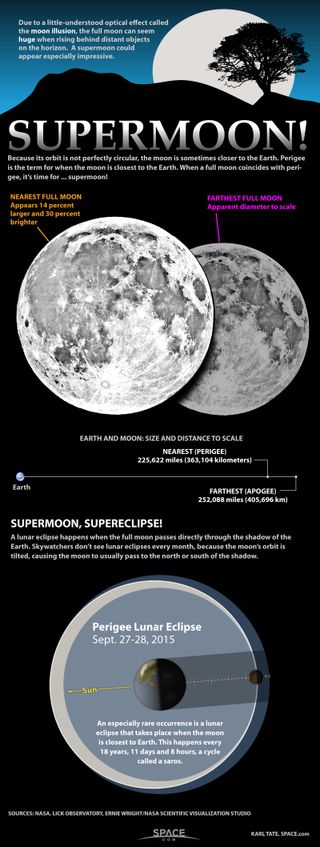
On average, the distance between the Earth and moon is about 238,855 miles (384,400 kilometers). At perigee, the moon is about 31,000 miles (50,000 km) closer to Earth than at the highest point of its orbit, called "apogee."
While it may seem strange to stargazers that this summer features three consecutive supermoons, the lunar coincidence is actually not that rare.
"Generally speaking, full moons occur near perigee every 13 months and 18 days, so it's not all that unusual," Geoff Chester, from the US Naval Observatory, said in a statement. "In fact, just last year there were three perigee moons in a row, but only one was widely reported."
To the untrained eye, it can be difficult to spot the difference between a regular full moon and a supermoon. Even though a supermoon is 30 percent brighter, that extra shine can easily be masked by clouds. Also, with no point of reference, the orb suspended in the sky looks about the same size as an ordinary moon.
Get the Space.com Newsletter
Breaking space news, the latest updates on rocket launches, skywatching events and more!
However, the supermoons this summer may actually appear noticeably larger thanks to the "moon illusion," Chester explained.
"The moon illusion is probably what will make people remember this coming set of full moons, more than the actual view of the moon itself,” Chester said.
As long as the weather is clear, everyone will be able to see the giant moon and its supermoon light on Saturday night. The other supermoons this summer will occur on Aug. 10 and Sept. 9.
Editor's note: If you snap an amazing lunar photo of the July "supermoon" full moon and would like to share it with Space.com for a gallery or story, you can send images and comment in to managing editor Tariq Malik at: spacephotos@space.com.
Follow Kelly Dickerson on Twitter. Follow us @Spacedotcom, Facebook or Google+. Originally published on Space.com.
Join our Space Forums to keep talking space on the latest missions, night sky and more! And if you have a news tip, correction or comment, let us know at: community@space.com.

Kelly Dickerson is a staff writer for Live Science and Space.com. She regularly writes about physics, astronomy and environmental issues, as well as general science topics. Kelly is working on a Master of Arts degree at the City University of New York Graduate School of Journalism, and has a Bachelor of Science degree and Bachelor of Arts degree from Berry College. Kelly was a competitive swimmer for 13 years, and dabbles in skimboarding and long-distance running.








